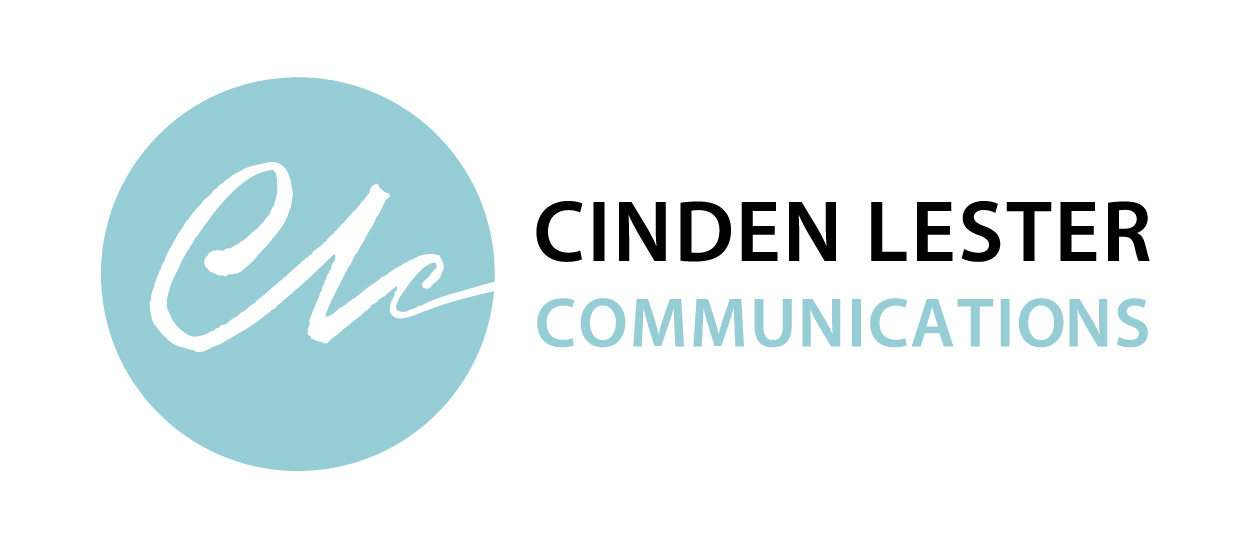 Write leads that pack a superhero punch
Write leads that pack a superhero punchFirst sentences are like first impressions: they count.
Make a good first impression by starting strong to grab attention and compel your audience to read on.
Get the lead right and the rest flows much more easily.
Whatever you’re writing – from blog posts to case studies, fact sheets to newsletters – here are six creative techniques (with examples dug out of my archives) to help you craft lead sentences that will have your readers hooked.
Create a picture with words to spark your readers’ imagination and curiosity. For example:
Dancing with her hands
When Teegan was small she loved dancing with her sisters. She would often crawl into wardrobes to find tap shoes or ballet shoes and use her hands to dance in them. Teegan was born with spina bifida and other complications, and has spent most of her 18 years in a wheelchair. But this hasn’t held her back.
Stories/profiles, Carers Storybook, 2007
Outback Olympics a winner
In the red dust of the New South Wales outback, the ‘Queen’ arrived on the back of a ute to officially open the School of the Air mini-Olympics. This uniquely Australian event was the highlight of the Broken Hill School of the Air involvement in the Prime Minister’s Olympic Challenge.
Case study, evaluation report, 2012
Set a scene so your readers want to find out what you’re talking about. For example:
Putting the lid on clandestine cooking
Even the suburban backyard is not immune to organised crime. The number of clandestine laboratories in Australia today is triple the amount detected at the start of the decade. And there is a growing trend to locate clan labs in residential areas.
Case study, ACC Annual Report, 2010
The local face of home and business security
Not many successful Canberra businesses get away with rewarding their staff with a pat on the head and a juicy bone. But when your team includes a canine (K9) unit, that sort of reward is greeted with real enthusiasm.
Business profile, B2B Magazine, 2008
Pose a question that encourages your readers to continue to find the answer. For example:
Style police—why we should obey the rules
One space or two after a full stop? Double or single quote marks? And where does the pesky punctuation go in bullet point lists? Does it matter? Yes, style does matter if you want your written communication to be as professional and effective as possible.
Articles, clcomms.com.au, 2014
Getting technical—Australian Government support for the Melbourne 2006 Commonwealth Games
Is a spectacular gymnastics routine or dive worth a perfect score? Is everyone playing by the rules in the Rugby 7s, the netball, basketball and hockey? Some of the toughest decisions during the 2006 Melbourne Commonwealth Games will be made by sport’s unsung heroes—the 1000 judges, umpires and other technical officials who will oversee all Games sporting competitions.
Fact sheet, M2006 Taskforce, 2006
Get straight to the point and explain what’s relevant for your readers. For example:
New technology prompts new thinking
A web-based virtual house is making it easier for people with disability to explore options for greater independence in their homes.
National Disability Insurance Scheme fact sheet, 2013
A new security identification card for the maritime industry
You may have already noticed that security has become a lot tighter on the Australian waterfront.
Maritime security brochure, 2005
Tie your topic to an interesting fact or a surprising statistic. For example:
How to stop your online video from unravelling
The average attention span online is just eight seconds. So while online videos are increasingly part of the communicator’s toolkit, how can we beat that eight second rule?
Articles, clcomms.com.au, 2014
Preserving contemporary film culture – the Kodak/Atlab Cinema Collection
Most audiences enjoying the cinema today would be surprised to learn that the vibrant images they are watching on screen will fade and disintegrate with use and time. For many, the idea of film archiving conjures up thoughts of grainy black and white silent films. However, preserving our modern film culture is just as important.
Article, On the Wire, National Film and Sound Archive, 2005
Find a relevant saying, song lyric or quote to begin on a creative note. For example:
Dancing with change – tips for successful change communications
‘The only way to make sense out of change is to plunge into it, move with it, and join the dance.’
So said philosopher, writer and speaker, Alan Watts (1915–1973). In organisations experiencing change—and there’s a lot around at the moment—it’s essential to have effective change communications if you want people ‘join the dance’. That’s all very well but sometimes the pace and scope of change make us feel like we’re facing the same challenges as Ginger Rogers: doing the dance backwards, in high heels and a skirt. So here are 11 tips to help you effectively communicate about change.
Articles, clcomms.com.au, 2014
An intriguing life
‘Look, you may have to give up work to become a full-time carer – not just for Megan but for Megan and for the three boys.’
With these words from his wife’s doctor, Daniel’s life changed completely.
Stories/profiles, Carers Storybook, 2007
Your lead sets the tone and theme for your piece of writing. Start strong and you’ll draw your readers in. Revisiting your lead in closing is also an effective way of balancing your piece and reinforcing your message.
Need to add impact to your writing? Contact Cinden for help with your next project.
| Cinden Lester has more than 25 years’ experience as a professional writer, editor and communications specialist – having worked as a broadcast journalist, in private sector marketing and public relations, and in government communications before establishing her own Canberra-based communications consultancy. |
